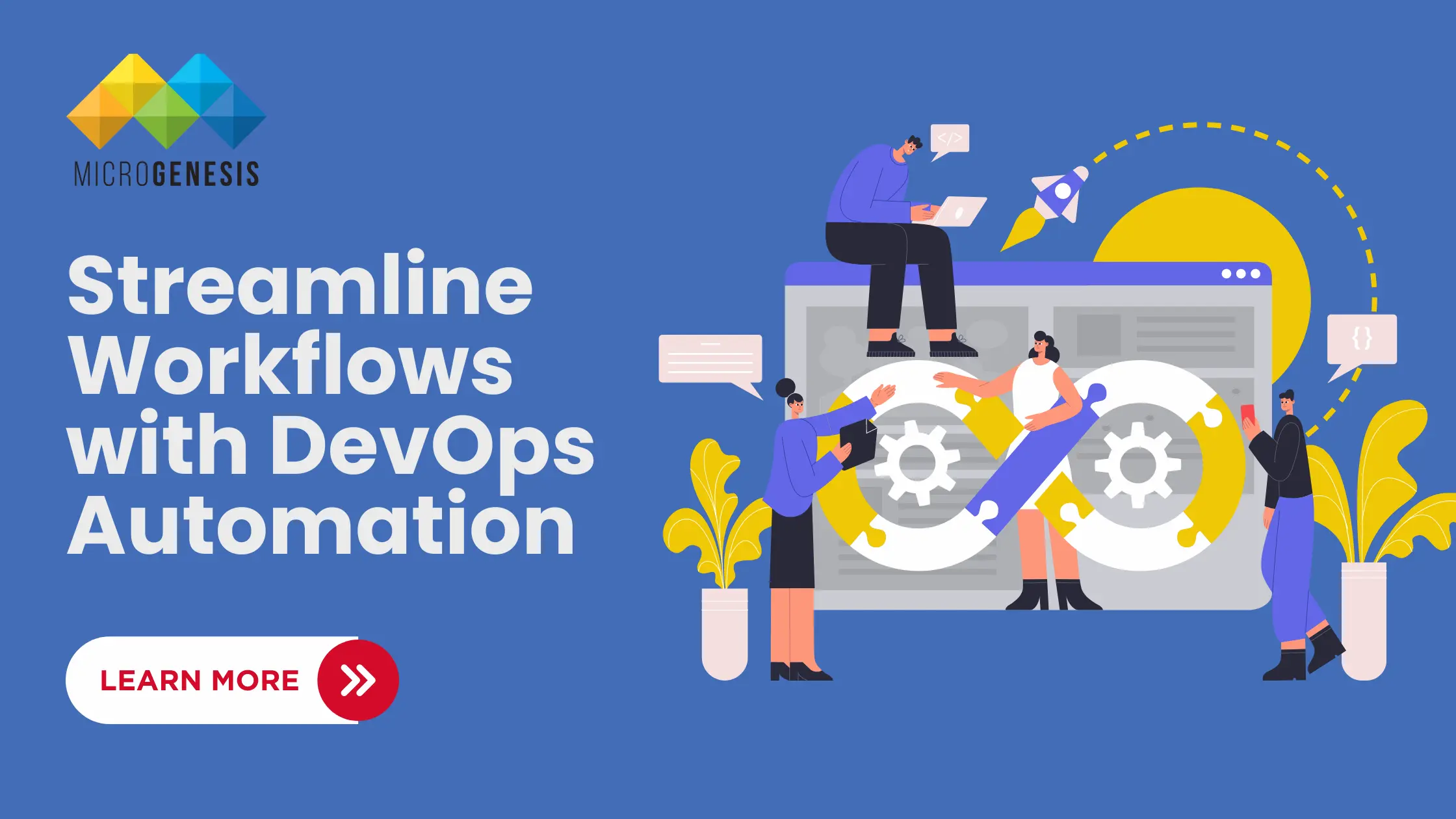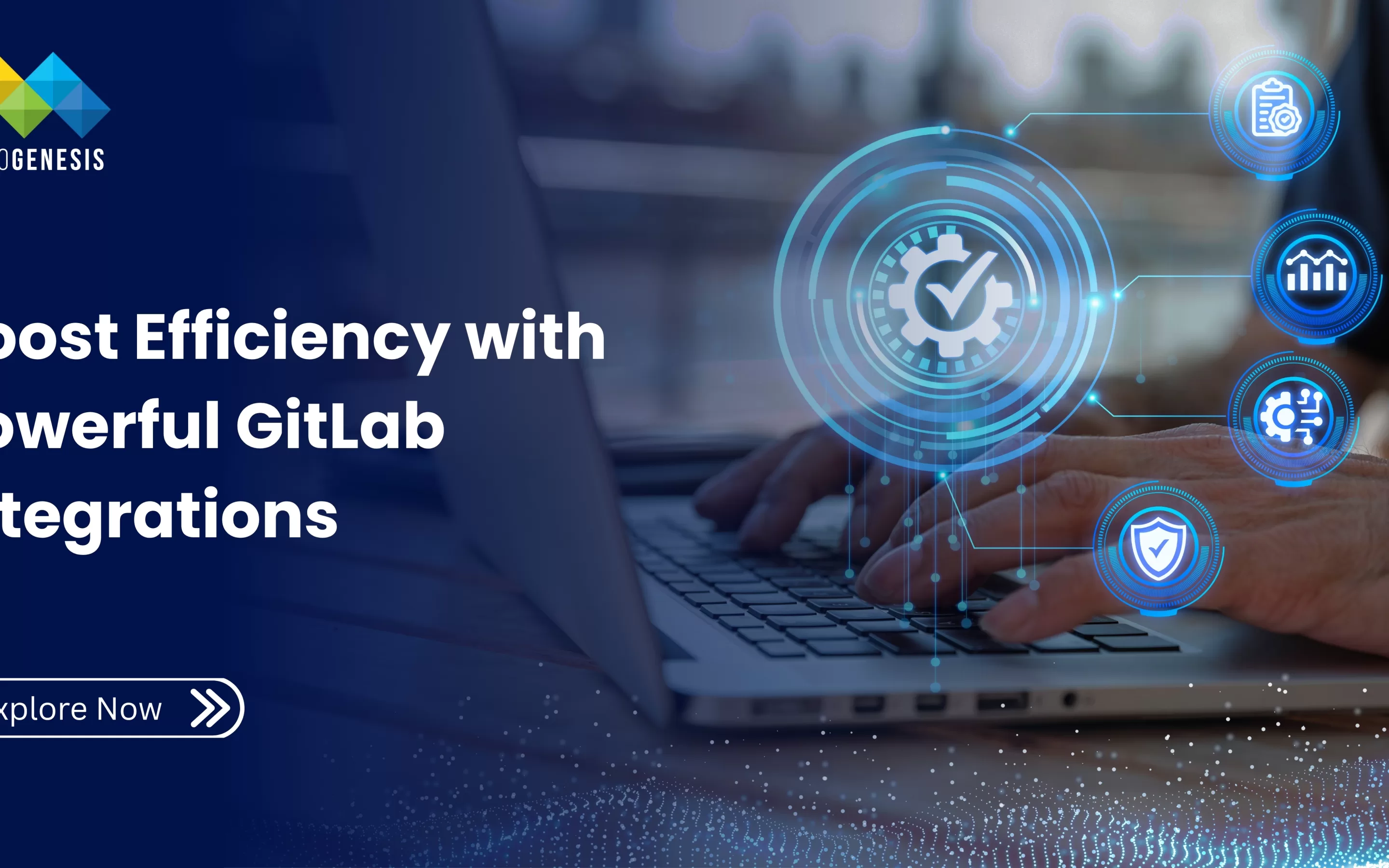In the DevOps community, there’s an ongoing debate: Is DevOps primarily a set of tools or practices? The reality is that DevOps encompasses both. New tools have emerged to support innovative practices, and practices have evolved alongside these tools. For example, continuous delivery tools automate release processes, making deployments more frequent and predictable. DevOps solution providers play a crucial role in this evolution, offering the tools and expertise needed to integrate these practices effectively and drive continuous improvement across the development lifecycle.
To guide teams in integrating automation into their software development practices and fostering continuous feedback and iteration, consider the following reference architecture:
Automation Reference Architecture
Workflow and Practices
1. Plan and Track
- Flow: Treat service levels as features.
- Feedback: Derive test scope from issues.
- Control: Use a development panel to manage the flow and loop back to planning and tracking.
2. Code
- Flow: Track code through to deployment.
- Feedback: Correlate production problems with code.
- Control: Use a development panel to manage the flow and loop back to planning and tracking.
3. Detect
- Flow: Identify security issues in code.
- Feedback: Engage developers early in incident management.
- Control: Use a development panel to manage the flow and loop back to planning and tracking.
4. Package
- Flow: Use containers to encapsulate configurations.
- Feedback: Trace distributed requests.
- Control: Use a development panel to manage the flow and loop back to planning and tracking.
5. Deploy
- Flow: Separate deployment from release.
- Feedback: Validate deployments frequently.
- Control: Use a development panel to manage the flow and loop back to planning and tracking.
Evolving Team Practices for DevOps Success
Traditional methods are becoming less effective as DevOps practices evolve. The challenge lies in transforming team skills collectively rather than individually. It involves learning to implement CI/CD practices and adapting to new tools that benefit the entire team. By leveraging DevOps services, organizations can facilitate this transformation, ensuring that teams are equipped with the knowledge and tools needed to succeed in a rapidly changing environment.
Dig Deeper: DevOps Implementation Strategy for Enterprises: A Practical Guide for Software Teams
Key Practices:
- Pairing, Swarming, and Mobbing: These collaborative techniques help create shared knowledge and improve team cohesion regarding code and tools.
- Customer Perspective: Teams should embrace customer-centricity beyond the product owner role. Techniques like impact mapping and specification by example can enhance understanding of customer needs and improve the relevance of user stories.
Current Performance Metrics
Process Indicators:
- Lead Time for Changes: Between one week and one month.
- Deployment Frequency: Between once per week and once per month.
- Time to Restore Service: Less than one day.
- Change Failure Rate: 0-15%.
Tech Platform:
- Tool Stack: Integrated tools.
- Technology Platform: Platform as a Service (PaaS).
Implementing Team Changes
1. Customer-Centric Practices:
- Impact Mapping: Break down business goals into actionable, customer-focused tasks.
- Specification by Example: Develop examples collaboratively to enhance understanding and empathy towards customer interactions.
2. Learn from Experience:
- External Expertise: Engage with experienced teams or consultants to adopt new practices rapidly.
- Training: Leverage formal training and consulting to accelerate the learning curve.
3. Standardize Changes:
- Normal Changes: Typically involve manual processes and risk assessment.
- Standard Changes: Pre-approved, low-risk, and frequently performed changes. Automation tools and continuous delivery practices can streamline these processes.
Comparison of Practices:
- Normal Change: Multiple manual steps, batch deployment, tightly coupled architecture, and extensive documentation.
- Standard Change: Single-click deployment, continuous integration, loosely coupled architecture, and version-controlled audit trails.
Embracing Automation
1. Infrastructure as Code (IaC):
- Tools: Use tools like Ansible, Terraform Cloud, and Docker to define system dependencies and configurations in code.
2. Advanced Logging:
- Log Management: Modern logging tools aggregate data and apply AI/ML to proactively identify issues.
3. Dynamic Systems:
- Cloud Capabilities: Utilize auto-provisioning and auto-scaling features.
- Feature Flags: Implement feature flags to dynamically enable or disable code paths and infrastructure components.
Conclusion
Adopting DevOps practices and automation tools requires a shift in both mindset and processes. By integrating DevOps solutions into each phase of the development lifecycle and focusing on team-wide skills development, organizations can achieve greater efficiency, improve software quality, and enhance overall productivity. As one of the top managed service providers, MicroGenesis is committed to helping businesses embrace these best practices, enabling them to navigate the evolving landscape of DevOps successfully.




